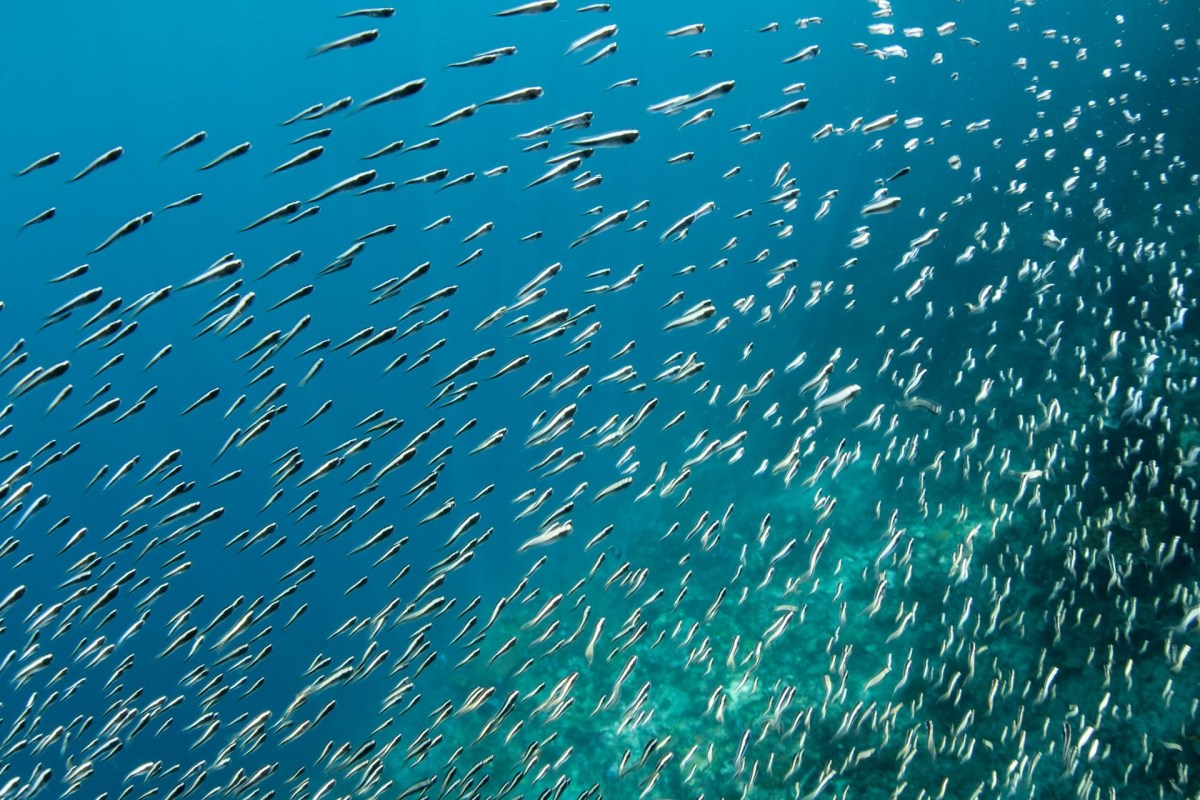Almost 200 countries in the United Nations (U.N.) have agreed to a binding commitment to protect oceans and their biodiversity — called the "High Seas Treaty."
The high seas are the ocean regions not under the control of a single country. Because these international waters are not managed by one nation, it has historically been difficult to protect them under the law. Right now, only about 1.2% of the high seas are protected.
But now, thanks to the successful negotiations hosted by the U.N. in New York, it will be far easier to protect vulnerable habitats and species on over 40% of the Earth's surface.
Last year, the U.N. released a report sharing its goal to conserve 30% of the natural world by the year 2030. Without the High Seas Treaty, this goal would have been nearly impossible to meet.
How much of an impact will the High Seas Treaty make?
The High Seas Treaty is projected to make an astonishing difference in the fight to protect the natural world.
Rebecca Hubbard, the director of the High Seas Alliance — one of the leading negotiating groups — explained in a recent phone interview with The Washington Post how monumental this treaty could be.
"We have never been able to protect and manage marine life in the ocean beyond countries' jurisdictions," she told the outlet. "This is absolutely world-changing."
The treaty will establish huge Marine Protected Areas in international waters and protect them through regular monitoring and regulation. Members of the deal will also meet every few years to discuss successes, setbacks, and accountability.
If the treaty is successful, marine species like dolphins, whales, and sea turtles, which migrate throughout both the high seas and national waters, will be better protected.
What are the major obstacles to the success of the treaty?
The treaty's success is dependent on how well it is implemented — and it hasn't yet been formally adopted, which could take years.
But considering the magnitude of the issues it aims to tackle — including chemical and plastic pollution, commercial fishing, and mining— it's it's unsurprising that it will take time to iron out the details.
Once the treaty is formally adopted and put into effect, an enormous amount of resources will be required to ensure that nations are complying with the agreement and that this communal resource is being protected.
Why is protecting the oceans so important?
Protecting our oceans is critical to the health of communities around the world. People depend on them for food, livelihoods, and, increasingly, as a resource to fight the overheating of our planet.
Malin Pinsky, a Rutgers University marine biologist, told Earth.com that the High Seas Treaty is crucial in "acknowledging that the ocean is not a limitless resource, and it requires global cooperation to use the ocean sustainably."
We can't expect to treat our oceans like a landfill and then reap their benefits. Hopefully, the High Seas Treaty can protect these valuable waters, the life within them, and the people who depend on them.
Join our free newsletter for cool news and cool tips that make it easy to help yourself while helping the planet.









